One of the strongest applications of research in psychology, neuroscience, and cognitive science is brain-based learning. It allows us to leverage research on how the brain learns in creating a new set of guiding principles for learning, teaching, training, and education.
What is Brain-Based Learning?
Brain-based learning is a paradigm of learning which addresses student learning and learning outcomes from the point of view of the human brain. It involves specific strategies for learning which are designed based on how human attention, memory, motivation, and conceptual knowledge acquisition work. Brain-based learning and teaching can optimize learning holistically.
Historically, teaching and learning are largely based on what the students, teachers, and policy-makers think. Their opinions, experiences, logical arguments, and quasi-experiments in the classroom inform the teaching and learning process. Brain-based learning takes a different approach. The way students are motivated, the way attention works, the way memories are formed, the way information is presented, etc. become the central aspects of teaching and learning.
One example is the construal level theory which can address the question – When and how should a student focus on the minute details contained in learning materials? Intuitively, one could say that details are important for mastery and students should learn details to demonstrate proficiency. However, this blanket statement isn’t an evidence-based approach. The construal level theory shows that understanding an overview without the details can engage a larger network of concepts a student learns or is sensitized to. Understanding the essence of a certain topic can also promote creativity because capturing the essence of a concept makes the concept vague and abstract. An abstract entity links to more abstract entities and makes the learning broad as opposed to details making the learning narrow and specific.
This was just one example of how a brain-based learning approach can better inform teaching and learning.
A brain-based approach doesn’t necessarily include intelligence testing, aptitude testing, and other standardized tests. While these can sometimes yield useful information, they are not required to utilize a brain-based approach. In some corner cases, it might be necessary – when there is significant cognitive impairment, physical disability, emotional distress due to confusion about careers, etc.
This approach can be considered quite accommodating because it doesn’t discard anything that is useful or evidence-based because of superficial reasons like not falling into a particular perspective or pedagogy.

Brain-Based Learning Goals & Outcomes:
Considering that this approach is based on what and how much we know about the human brain and its interaction with the environment, we can broadly define a few learning goals:
- Maximize the learning potential of a person
- Minimize learning losses and wasted effort
- Hijack known mechanisms to improve skills, knowledgebase, memory, and mental flexibility
- Create verifiable improvements in learning and make people smarter (for lack of a better word).
- Improve the productivity of students and teachers
What it isn’t:
- A way to improve intelligence test scores. This does not mean that brain-based learning cannot make people smarter, it only expects that as an outcome. Some of the aspects involved in intelligence such as working memory, attention, long-term memory, and verbal fluency are likely to improve due to the use of specialized techniques (see below). A core assumption is that intelligence is unique and changeable.
Brain-Based Learning: An overview
Let us now look at a few fundamentals across 3 categories.
- Brain-Based learning theory
- Brain-Based learning strategies
- Brain-Based learning as a function of student’s emotions
These factors can be construed as the markers and predictors of long-term learning.
I’ve covered these concepts across various other articles in different contexts. You’ll see the links to original articles for a particular topic at relevant places. Here is a short overview of the fundamental processes involved in learning. It is an introduction to this article.
Caine and Caine[3] (1994), in their original work, outline 12 core principles of brain-based teaching and learning:
- The brain processes multiple things in parallel
- The whole body is involved in learning (deliberately or unconsciously)
- People have an innate need to seek meaning and make sense
- Finding patterns, giving identity, and giving structure helps people make sense (patterning)
- Emotions are important in patterning
- The brain simultaneously perceives and creates parts (details) and wholes (global concept). That is the brain processes multiple construals.
- Learning needs focused attention and peripheral perception
- The brain simultaneously involves conscious (remembering) and unconscious processes (priming)
- Humans have at least 2 important memory systems – spatial memory and rote learning memory
- Spatial memory is the strongest, people remember better when knowledge is embedded in spatial memory
- Challenge promotes learning and threat/lack of safety inhibits it
- All brains are uniquely configured and uniquely adaptable
These factors cover most of the important aspects of brain-based learning but they miss out on emotional regulation, social learning, feedback, and cognitive space. I’ve reorganized these into controllable and applicable principles below.
Brain-Based Learning Theory
The first thing we need to do is understand the important factors and theories which either facilitate learning or govern learning processes. These are the processes that we can control and manipulate in a learning environment.
Associations and compatibility in memory: Human memory is spread across a network of informational units and meaningful knowledge emerges from those networks. Research suggests that humans are most likely to remember information that builds on existing information. In fact, the key reason metaphors and analogies are powerful learning tools is that they bind new information to old information. Neural mechanisms for memory have 2 important properties: associations and compatibility[4]. Information associated with other information leads to better learning. And, information that is congruent, compatible, or consistent with other information promotes memory better than isolated bits of information, unless those isolated bits are sensational in some sense. So, building wider networks of information with robust connections is a neurally informed way to promote memory in the classroom. Students would find it easier to recall associations that are congruent with what they are learning. On the other hand, learning isolated trivia with no context or associations would be a bad way to learn. Human logic is only meaningful in a context because abstract ideas like logic are harder to process than concrete ideas within a context. No context = No learning.
Construal Level spectrum (CL): This describes the depth at which a concept or process is construed, also known as psychological distance. At the highest construal level, a mobile phone is a communication device. At the lowest construal, it is a Samsung S8. High construal is more abstract and widespread in how it relates to other concepts. Low construal is precise and concrete. The whole spectrum is valuable in effective learning. The CL can be managed and modified.
In this example, a communication device links to more related concepts and activates more members of the category – It can represent mobile phones, satellite phones, pagers, computers, etc. It can link to related concepts like communication strategies, pros and cons of the main communication devices, and communication channels (written word, radio frequencies, vocalizations, etc.) Now, a high construal level makes this network of interlinked concepts and information more available to memory. A low-level construal, such as Samsung S8, makes it harder to link to the “written word” as a communication channel – less available information.
Because the brain processes information in parallel and at multiple levels, the construal level theory aligns itself with the notion that the brain a)Learns with focused attention and peripheral perception (background information) and b) Simultaneously processes/creates parts of a whole and the whole (details and the big picture simultaneously).
Variance, feedback: Research shows working with small variations in content promotes global learning within a domain. For example, working on multiple similar mathematical problems is better than repeating the same type of problem. Feedback in the form of details and feedback in the form of outcome (success vs. failure) can both promote learning, but differentially.
Variation in the features of the content which needs to be learned (for example, analogous but dissimilar math problems) can help create an aggregated and flexible mental template to approach a problem. This goes for motor and fine motor learning too – dance movements, musical sequences, sports movements, etc. Minute variations in the approximate physical form can improve the learning of the movements along with generating a greater ability to improvise.
Feedback systems are closely tied in with variations because variations allow addressing changes. Feedback based on changes creates a seamless pathway to refine learning. Here are some common types of feedback mechanisms that improve learning:
- Real-time monitoring of changes – movement, mental awareness, sensory inputs
- Outcome-based feedback – whether the outcome was right or wrong, whether the outcome can be changed by addressing variables
- Introspective feedback – evaluating the process in one’s mind and applying modifications or reinforcements
Sensory integration: A large amount of information is embodied with sensory components. Information from multiple senses integrates before it is perceived. This creates an opportunity to pay attention to sensory elements. They become tethers for grounding information which translates into learning. Research[5] suggests that the pairing of information from different senses for one concept can improve the strength of that concept.
Visual and auditory data is accessible in MOOCs and other online learning resources, and tactile data can be promoted via homework. The goal here is to encourage students to seek out opportunities that involve sensory inputs. Embodied cognition (without deeming it as an answer to “what is consciousness?”) can further help organize information. When physical movement is linked to information in the mind, learning can be reinforced and conceptualized in a rich way. Movement and using the body is valuable in learning because spatial memory (the memory for locations) is a highly specialized and broad memory system that binds information together.
For example, students can line up and physically reorder themselves to embody a chemical reaction where a person can physically represent an atom or ion. Another example is how a student can create dance postures to represent a geometric coordinate system. Think: Can the YMCA dance moves represent any set of equations?
The Transfer effect: The transfer of learning describes how learning in one area can affect learning in another area. In some cases, transfer effects occur. In some cases, they are expected but rarely varied, and in some other cases, they are weak or non-existent. Current research is yet to draw a circle around the influence of transfer effects but there is evidence to show that transfer effects occur. The near transfer effect – learning something improves and transfers to something very similar – can be more readily leveraged than the far transfer effect – learning something transfers to superficially alien and disparate contexts.
Priming: In cognitive psychology, priming describes the influence of information on the cognitive processes that act on new information. You may have played this short game. First, I’ll give you a word to say 10 times. After you say it, I’ll ask you a question. You have to respond quickly. Say “Silk” 10 times. Silk Silk Silk Silk Silk Silk Silk Silk Silk Silk. What does a cow drink?
If you answered milk, you experienced the effects of priming. The sensory nature of the word silk primed your brain to utilize that sensory nature and manipulate your answer without your awareness (basically, because milk rhymes with silk). If you didn’t fall for this, you just overcame the effects of priming. There are various types of priming where exposure to some type of information affects mental processing speed, memory, behavior, etc. Priming effects are hard to spot but they exist and strategic use of priming information can manipulate learning outcomes and solutions to problems.
Fun, Engagement, Curiosity, and Positive moods: Research shows that having fun while learning avails unique cognitive resources, associates reward and pleasure with information, strengthens and broadens memory networks, and toggles between 2 basic neural modes – one for diffused mind-wandering and the other for focused attention. This toggling is useful for learning details as well as the big, abstract picture. Having fun also directly affects a student’s motivation and intrinsic motivation predicts quality learning and learning outcomes. Curiosity and wonder are huge facilitators of quality learning. Curiosity broadens mental resources and “acceptability of new learning” as well as induces a positive mood. Overall, an active, positive mood along with an “approach” motivation can help students learn while having a good time. Words are a powerful tool to make things fun and interesting.
Collaborative Learning: Learning isn’t isolated from social contexts and interactions. A millennial learner typically wants active social interactions in the context of learning. Research shows that group activities and talking to others about learning can improve learning. But, they can also reinforce misinformation. Collaboration and learning in the presence of others engage a variety of mechanisms – expectations, judgments, ego-saving-demonstrations, etc. which can promote learning. However, social interactions can also create a number of negative scenarios – fear of failure, self-esteem-based negative self-evaluation, humiliation, etc. These negatives can be mitigated in some ways. For example, discussions on Reddit can be considered social and anonymity can reduce some anxiety. Collaboration also engages a powerful form of memory called transactive memory – knowledge of who knows what and where to find it.
Inherent thinking biases & errors: The brain has inherent tendencies to think in specific ways. These are called cognitive biases. Some biases create the tendency to assign meaning to information when it doesn’t exist or has no utility. Some biases create the tendency to selectively look for specific information. Some logical arguments are filled with errors and we can be blinded to them because they feel intuitive. There are a few pervasive biases: a) The confirmation bias – we selectively attend to and remember information that fits our preconceptions, b) The survivorship bias – we focus on information that survives because the information which didn’t survive is removed from awareness c) The conjunction fallacy – the likelihood of one independent thing happening is higher than the likelihood of two independent things but because we fail to judge if things are independent or not, we assume the opposite. Overcoming such biases improves objectivity, decision-making, evaluation, and analysis. Here is a detailed post on cognitive biases and here is one on how to overcome them.
Cognitive and Conceptual Space: At the simplest level, this area can be called the Mind’s eye or The Mind. Most people can introspect and deliberate mental activities. A subset of what one can do with the mind is utilizing cognitive and conceptual spaces. Have you ever picked up clay or wet sand to create different shapes using it? You can do this to any type of information in this conceptual space. Conceptual spaces are closely related to working memory because they allow you to manipulate information in real-time. Think of a number. Now reverse the digits. Or take a shape and rotate it. You just utilized the cognitive and conceptual space you created for that number or shape. Manipulation in this space can get complex depending on how much you manipulate. Strategic thinking is one use of conceptual spaces. Shifting attention to different aspects of an idea is another use of cognitive space.
The environment: Classrooms, bedrooms, and your laptop can function as learning environments. One of the essential aspects of brain-based learning is to have a safe and encouraging learning environment. Any environment which makes someone uncomfortable and unsafe is likely to prime the body to enter a fight or flight mode. That means the environment can generate or mitigate stress which is known to compromise learning. The environment also includes social aspects like ease of communication, proximity to others, etc. Social interactions are necessary for learning because of its influence on well-being, feedback, collaboration, etc.
All of the factors mentioned above are actively present in various types of learning. Together, these aspects of cognition represent an active framework of learning.
Brain-Based Learning Strategies
When students learn, there is a considerable amount of loss in effective learning. These designed brain-based strategies should allow a student to reduce this loss as well as improve the baseline learning capacity by directly hijacking fundamental learning processes in the brain.
I’ve covered these techniques across 2 other articles on how to study efficiently and how to learn anything easily. You can read those for a detailed overview in a slightly different context.
Spaced repetition, Distributed practice, and Spacing Effects: Research shows that distributing learning over time and repeating information over increasing periods strengthens memories and buffers against forgetting. For example, a group of facts can be learned in 3 minutes. They can be repeated after 10 minutes, then in 30 minutes, then in 2 hours… then in 6 days. This helps to optimize memory for recall.
Improves: Memory for facts and details
Interleaving: Interleaving is learning similar and related concepts together in parallel. If there are 3 related math problems A, B, and C, practicing variations in the form ABC ABC ABC BAC CAB is more helpful than spending hours on doing AAAAA BBBBBB and CCCCC.
Improves: Memory and the relationship between similar concepts
Generative learning: Generative learning includes the act of creating art, teaching something to others, experiencing learning in real-world contexts, making blog posts, discussing it on forums, etc. The goal[6] is to integrate to-be-learned information with prior knowledge that allows re-conceptualizing and re-organizing information. This reinforces learning and uncovers hidden gaps in knowledge.
Improves: Memory, understanding, depth and breadth of learning
Reproducing information: A common technique is using the production effect[7] – information that is reproduced, verbally or visually, is often remembered better. Saying learned information out loud, or listening to someone say it out loud, or even teaching a friend is a quick way to hijack the brain’s inherent tendency to solidify learned information. It is a form of externalizing and reinforcing a memory on purpose. It binds auditory or visual feedback into the memory.
Improves: Memory and recall
Retrieval practice & the testing effect: Proof of learning often comes from the ability to demonstrate learning. This includes remembering information, practice, and the deliberate act of self-validation. This does not necessarily counteract forgetting because forgetting and remembering are not opposing forces. Retrieval practice & testing reinforce existing learning and create the opportunity to accommodate new learning by exploring errors and snowballing around. Retrieval practice can reinforce memory in the context of remembering. The brain optimizes learning for memory differently than learning for recall and remembering. When it comes to applying what is learned, the ability to recall information is important.
Improves: Remembering, confidence, and test-taking capacity
Mental Models, Models, and Metaphors: Mental models are representations of ideas that create templates of thinking – feedback loops, natural selection, kinetic energy, etc. They are real-world processes that can be mentally represented and used as templates to hold information. These templates also permit creative thinking and a method of analyzing new information. For example, natural selection processes can be applied to some AI learning algorithms which learn to optimize over generations of “adjustments.” It is possible to apply natural selection to AI because the mental model for natural selection can be repurposed. Metaphors can also function as models. Humans like narratives and analogies and they can be leveraged for improved learning. A metaphor can create a comparison between a known process and an unknown process, linking the two in simple, digestible ways. Once we use a metaphor, we “abstract” and understand the essence of the unknown process.
Improves: Memory, understanding, and relationships between ideas
Chunking: The act of grouping information in small & easily digestible bites, preferably with an overarching theme, is known as chunking information. Information can be chunked based on superficial attributes such as color, category, similarity, relationships, etc. Multiple chunks are easier to remember than multiple individual elements because the brain utilizes networks of information.
Improves: Memory and conceptual understanding
Concept formation: We learn concepts when we cluster information and see how it interacts with other information. The key principles for concept formation are understanding the pairing of examples and categories, differentiating examples and categories, finding similarities, noticing typical features, finding exceptions, giving the concept a sensory and verbal representation, and connecting that information to a context. With that in mind, a student learns concepts well and a teacher successfully communicates those concepts if they do the following:
- Give lots of examples of things that belong to a category and things that do not belong to it
- Identify co-occurring features between 2 related or unrelated concepts
- Identify exceptions or improperly classified concepts
- Refer to examples as examples and concepts as concepts, instead of interchanging the two in daily conversation
- Assign visual models, sounds, movements, touch, taste, smell, and context when possible
- Label concepts with words
- Have variety in examples and properties
- Differentiate between similar concepts
- Draw similarities between 2 concepts to see if they converge or don’t
- Represent an associative network of concepts
- Discuss concepts at their smallest feature levels and highest abstract levels (construal levels)
Improves: Depth of understanding and memory
Mental Manipulations: This is a skill that depends on working memory and other aspects of memory where you can direct your attention deliberately. Mental manipulations involve working in the cognitive space to change the nature of the information or use it to relate it to other aspects. Simple mental manipulations are like imagining a situation without certain elements – imagining how you can play football on a field with many potholes. Some may call this pure imagination. In that case, mental manipulations are deliberate and purposeful imagination. Complex mental manipulations are similar to how Dr. Manhattan sees the universe. 8)
Improves: Depth and breadth of learning, problem-solving, critical thinking, and creativity
Meta-cognition, language, and inquiry: Metacognition is thinking about thinking. Mental manipulations, Mental models, metaphors, etc. are all elements of meta-cognition. Inquiry is related, but not so closely. Inquiry involves asking questions, discovering answers, taking on new perspectives, updating information, snowballing around a topic, and tackling hidden assumptions and restraints. This process can help to optimize an idea and explore it with more depth.
While thinking about information, students and learners would benefit the most if they have an opportunity to make sense of information by using a context, finding some level of relatability, real-life application, innate structure, labels and limitations/boundaries, and relevance. Using language and labels is important to make information concrete. Words utilize powerful processing centers of the brain that bind abstract aspects and concrete data.
Improves: Depth and breadth of learning, problem-solving, critical thinking, and creativity
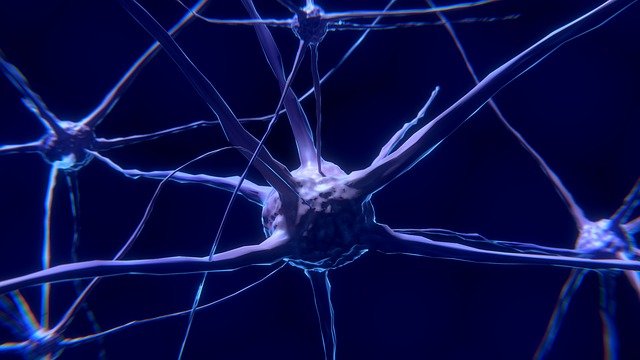
Learning as a function of student’s emotions and motivation
It is easy to overlook this segment of learning. We don’t need to always focus on improving cognitive abilities like attention, memory, mental simulations, mental rotations, pattern matching, analyzing concepts, hypothetical & counterfactual thinking, intelligence, verbal ability, and sensory awareness.
Sometimes, the problem is more about emotion, motivation, behavior, and mental health. Cognition and emotions aren’t disparate entities but addressing one or the other can make addressing a problem irrelevant. Think: What use is memory training if a person has no inclination or intention to use it? Addressing both in a particular context is more holistic.
Here are a few emotional/motivational learning strategies. Students can often benefit from these because they address the emotions which percolate through one’s learning space.
- Curiosity is a fundamental drive that pushes people to seek more knowledge based on their interest or a problem they have. While it is naturally motivating, you can push curiosity by giving students something within their grasp that they don’t yet know. Students should feel it is possible for them to reach a higher level of knowledge. One way to begin is by giving the right words, so they can talk about it. Lots more here.
- Manage cognitive load & change construals. Cognitive load is the weight of information and the strain on processing information. Changing the effort needed to process information can either hamper or promote learning. Construal levels can also be manipulated to target learning at various levels of detail. This changes the perceived and actual effort needed in learning which can change a student’s motivation to get on board with learning. Cognitive load is known for one important application – extremely easy or extremely difficult content hampers learning. There is a sweet spot where the content is challenging enough to motivate, stimulate, and engage students to optimize their learning and memory. If the learning material is too obvious and unstimulating, making it difficult to process can improve the depth and breadth of understanding.
- Tolerate aversive emotions to counteract procrastination and disliked content. Read this to understand why we procrastinate and how to overcome it.
- Add personal meaning to learning contexts. Personal relevance promotes motivation and creates an intention to apply one’s learning in the real world. Learning with a sense of meaning makes it easier for students. Making things relevant and relatable taps into the innate human motivation called sense-making, which enables us to conceptualize all sorts of information.
- Address thoughts like “everything we are learning is wrong, so what’s the point?” This is a segue into academic inquiry where students learn to update information and think about how and why information changes over time.
- Cope with last-minute studies by addressing thoughts like, “Ok, I screwed up and I don’t have time. What do I do now?”
- Counter myths that sustain thoughts like, “I am dumb and stupid. I don’t understand anything. What’s the point?”
- Use relaxation techniques and entertainment such as music & games to neutralize distress and lighten up the intense study mood to make it more fun and enjoyable. Having fun while learning has cognitive benefits.
You can read this article for a detailed how-to overview of evidence-based emotional regulation techniques. These will help in countering a number of problems that students face that indirectly affect their performance and learning – mental health, anxiety, stress, aversion, rebellion, etc. They are also useful for teachers to combat the pressure of teaching and they can help students address a wide range of issues.
There are many other aspects of learning that I’ve left out because this can go on and on. I’d like to highlight 3 other things.
- The brain is plastic – it can change its form and neural structures up until old age to accommodate and allow new learning. I’m speaking about neurogenesis, synaptogenesis, and synaptic plasticity. Here is an introduction.
- Sleep is important for the brain to function at its best. You compromise that, you compromise everything. Here is how sleep affects memory and learning. And here are some techniques to fall asleep faster, in case that’s difficult for you.
- Breaks from work & time-bound routines while enjoying the mental “space” is important to let your brain process information and consolidate learning, even boost creativity (for example, active procrastination). Even watching cute photos on the internet is a valid break because it can promote approach motivation and focused attention.
That’s it for today, take this article as an introduction to brain-based learning.
For students & professionals:
Do you feel you are productive? Yes? Carry on with your day.:) No? You might be looking at productivity from an unfavorable angle because the common idea is to inculcate productive habits. But in reality, productivity involves mental health, functional fixedness, using efficient strategies, knowing where to draw the line, emotional regulation, decision-making, etc. I’ve prepared an exhaustive guide on how to be productive by addressing exactly what you need from the bottom up.
Further reading:
https://oapub.org/edu/index.php/ejes/article/view/2356[10]
https://www.tandfonline.com/doi/abs/10.1080/03055698.2011.570004[12]
https://eric.ed.gov/?id=ED335141[13]
http://etec.ctlt.ubc.ca/510wiki/Brain-based_Learning[14]
Sources
[2]: https://pixabay.com/?utm_source=link-attribution&utm_medium=referral&utm_campaign=image&utm_content=3382521
[3]: https://eric.ed.gov/?id=ED335141
[4]: https://www.frontiersin.org/articles/10.3389/fpsyg.2018.01561/full
[5]: https://www.ncbi.nlm.nih.gov/pmc/articles/PMC4390988/
[6]: https://link.springer.com/article/10.1007/s10648-015-9348-9
[7]: https://link.springer.com/article/10.3758/s13423-011-0168-8
[8]: https://pixabay.com/users/ColiN00B-346653/?utm_source=link-attribution&utm_medium=referral&utm_campaign=image&utm_content=2213009
[9]: https://pixabay.com/?utm_source=link-attribution&utm_medium=referral&utm_campaign=image&utm_content=2213009
[10]: https://oapub.org/edu/index.php/ejes/article/view/2356
[11]: https://www.researchgate.net/publication/322543639_Effects_of_Brain-Based_Teaching_Method_on_Physics_achievement_among_ordinary_school_students
[12]: https://www.tandfonline.com/doi/abs/10.1080/03055698.2011.570004
[13]: https://eric.ed.gov/?id=ED335141
[14]: http://etec.ctlt.ubc.ca/510wiki/Brain-based_Learning

Hey! Thank you for reading; hope you enjoyed the article. I run Cognition Today to paint a holistic picture of psychology. My content here is referenced and featured in NY Times, Forbes, CNET, Entrepreneur, Lifehacker, 10-15 books, academic courses, and research papers.
I’m a full-time psychology blogger, part-time Edtech and cyberpsychology consultant, guitar trainer, and also overtime impostor. I’ve studied at NIMHANS Bangalore (positive psychology), Savitribai Phule Pune University (clinical psychology), and IIM Ahmedabad (marketing psychology).
I’m based in Pune, India. Love sci-fi, horror media; Love rock, metal, synthwave, and pop music; can’t whistle; can play 2 guitars at a time.

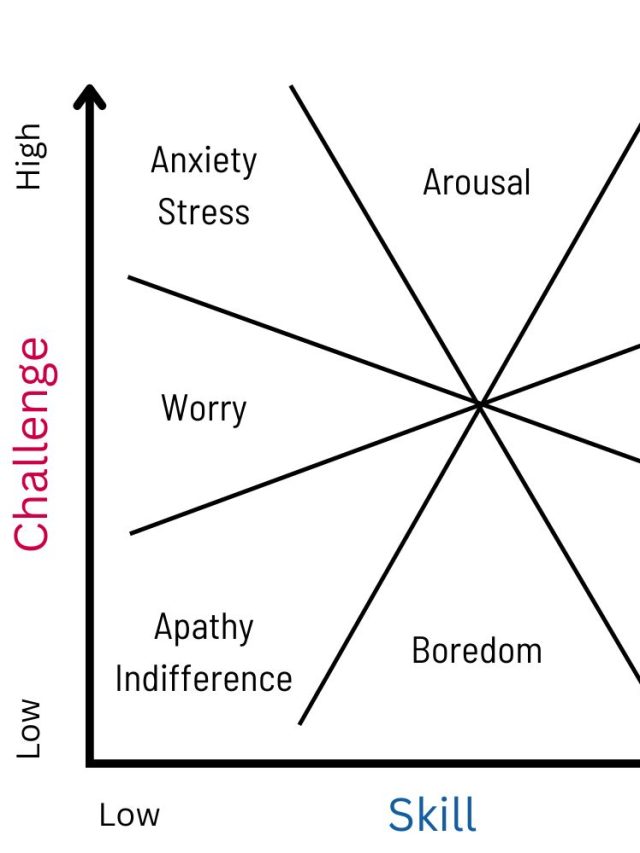

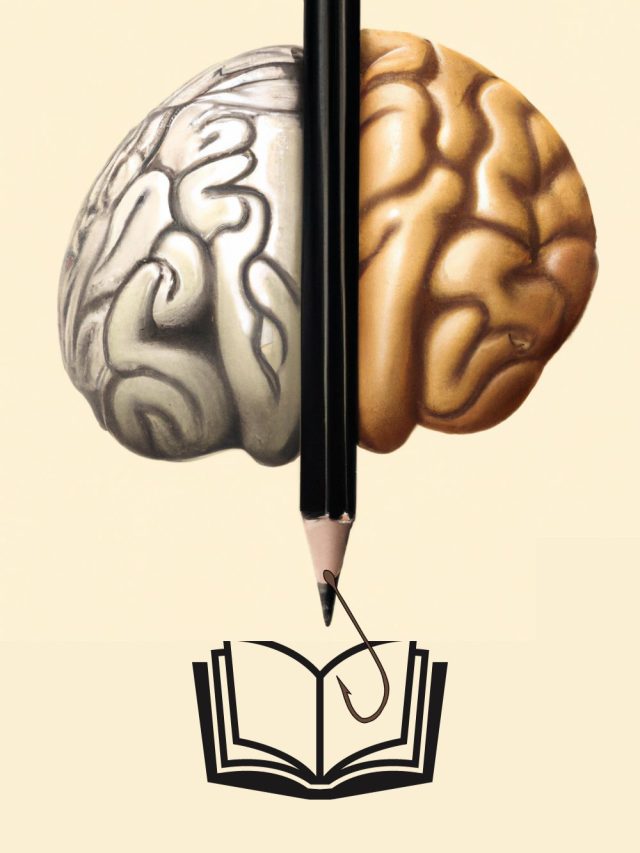




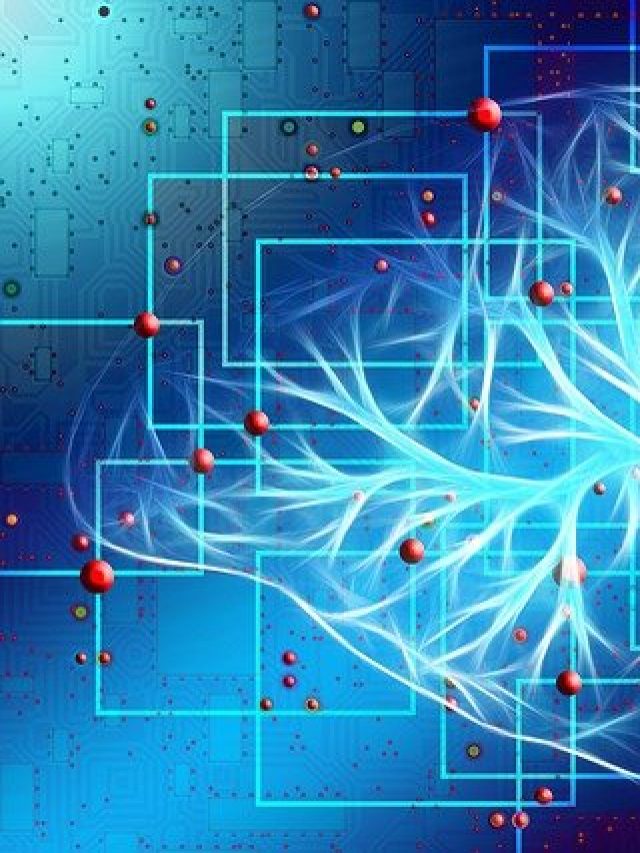
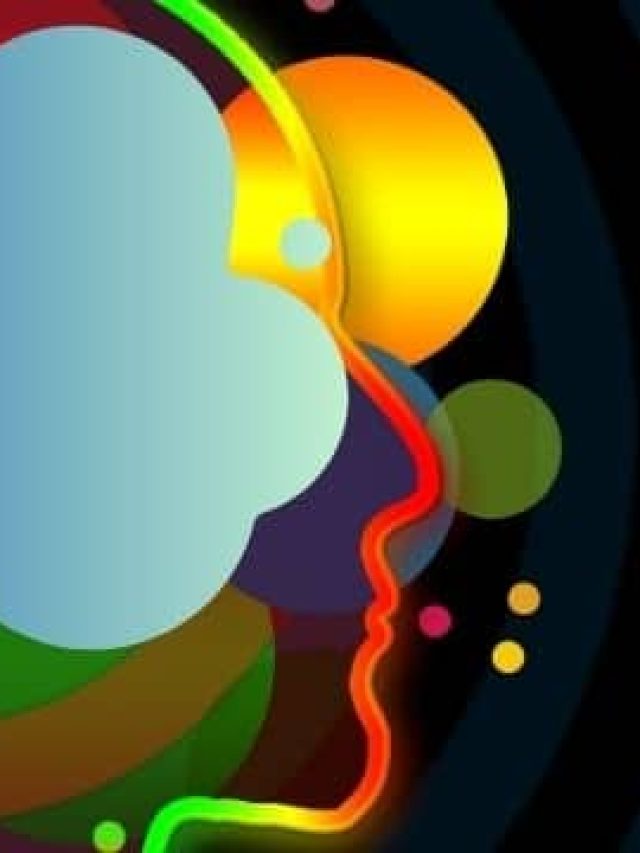

Fantastic content… are you able to DM me on Instagram? I would like to connect with you. chantal_lamourelle
Thank you Chantal 😀 I am on IG as @shredwarrior (author) and @cognitiontoday (brand)
See also this related article on the role of emotions in learning …
“Cognition, Affect, and Learning” ~http://TinyURL.Com/Cognition-Affect-Learning
That’s an excellent resource! Readers: If you have reached the comment section and are still interested in related topics, I recommend you all check it out.